
Piercing the veil
A new exhibition at Buxton Contemporary finds a rich complexity in the shadowy terrain between life and death.

Karolina Partyka, Iron Invocation A.
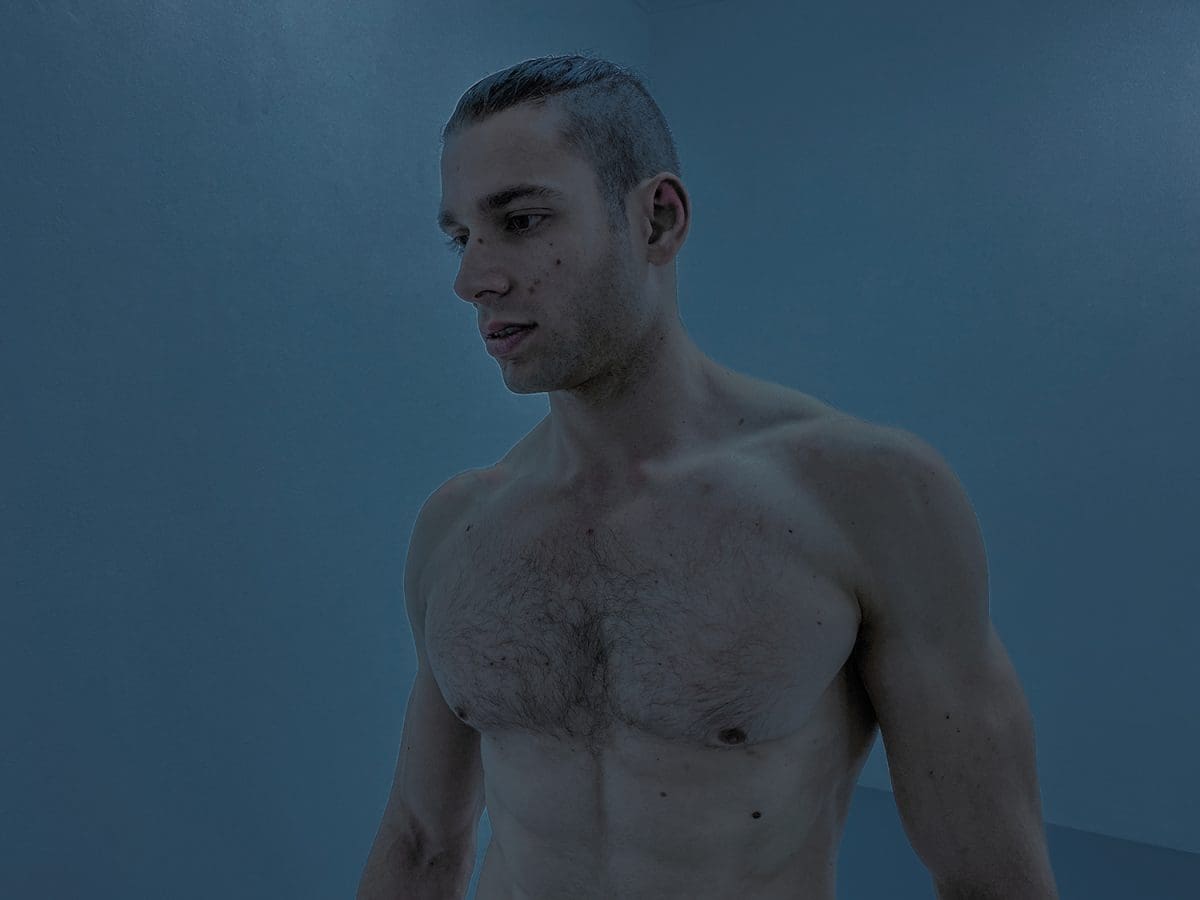
Alex and Justin, The Return.

Alex and Justin, THIS IS TOMORROW, install.
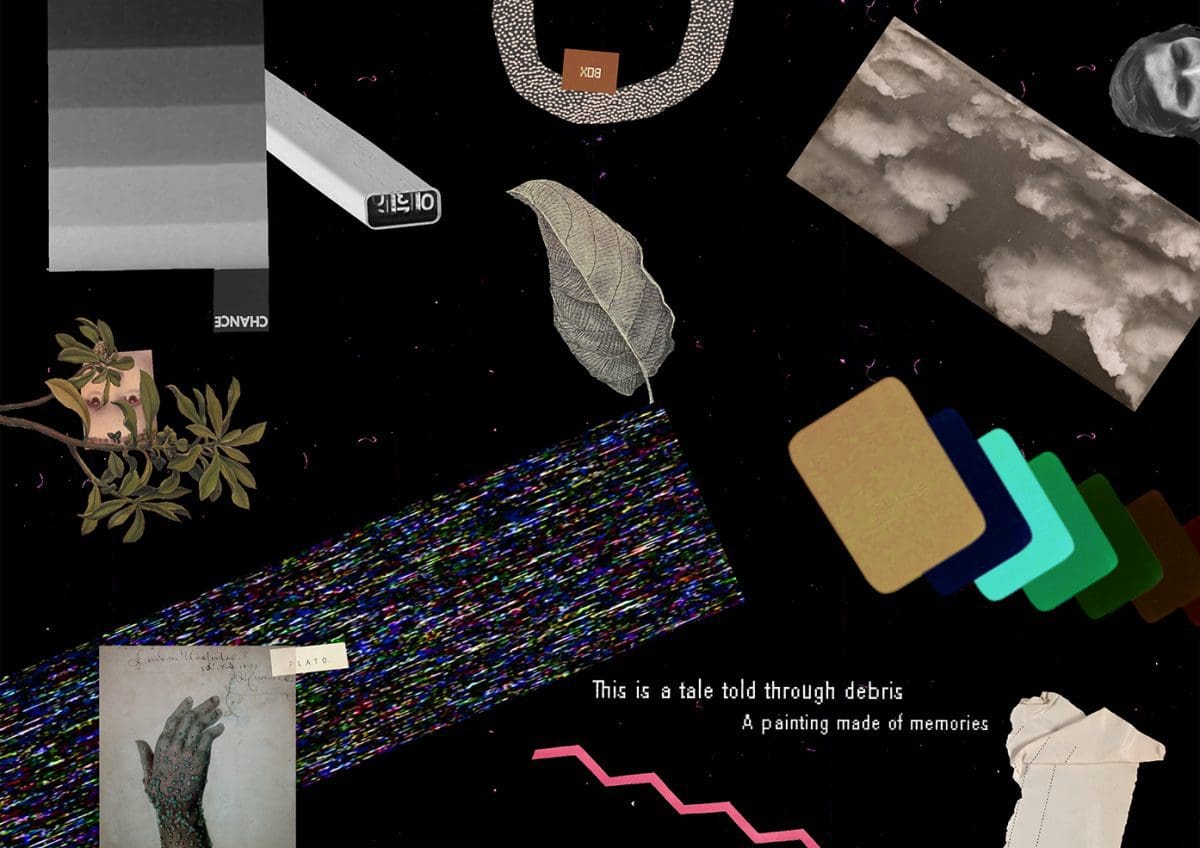
David Greenhalgh, Information Table (forecast for a terrible accident).
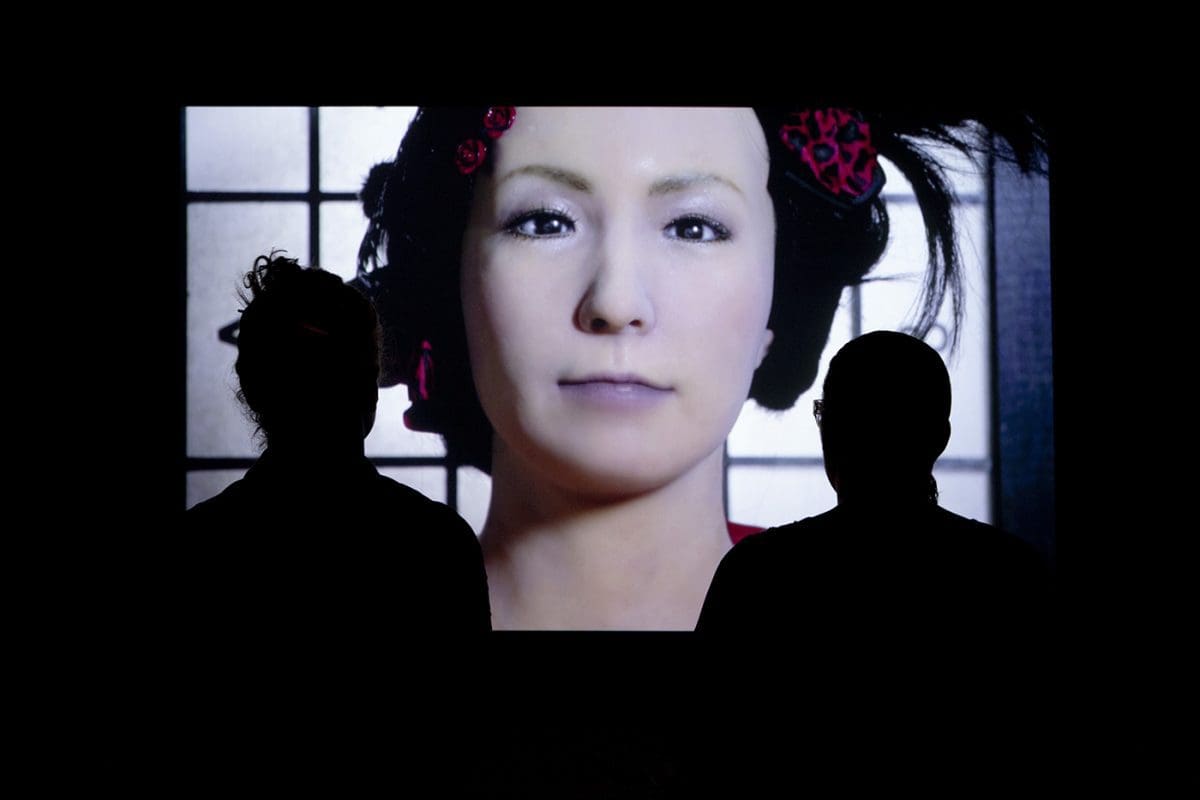
Elena Knox, Canny, install.
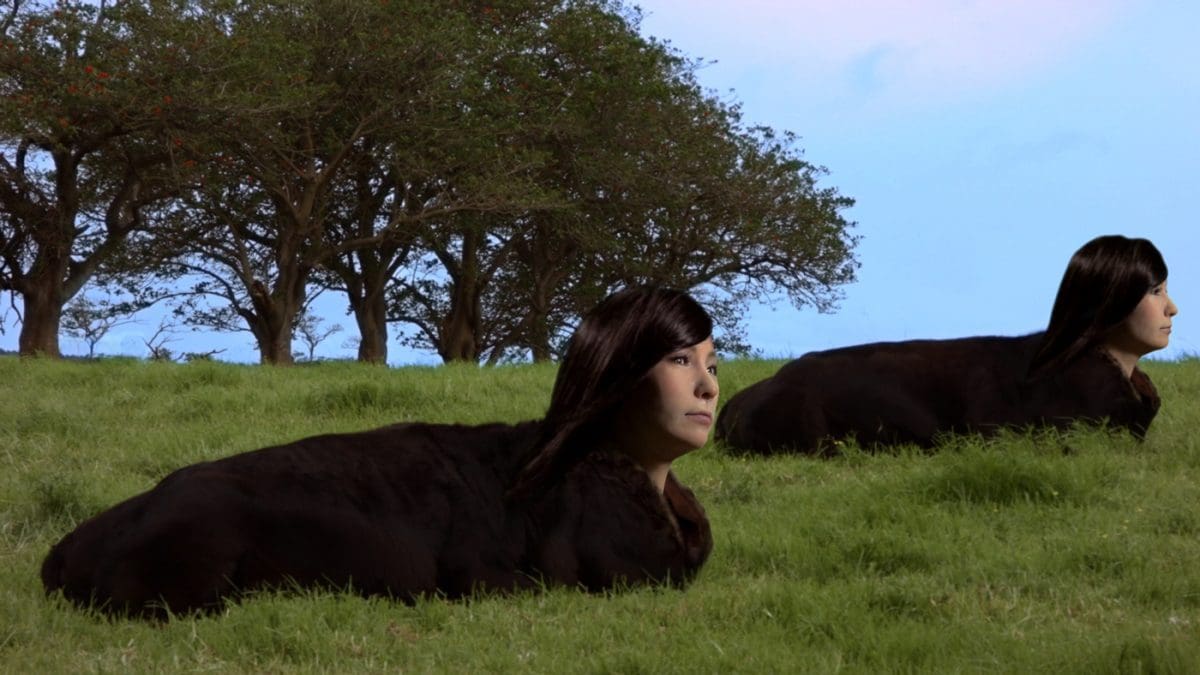
Elena Knox, LKW repose.

Ella Barclay with Nadège Desgenétez, Active Promoters of Error i (Boob Bongs).
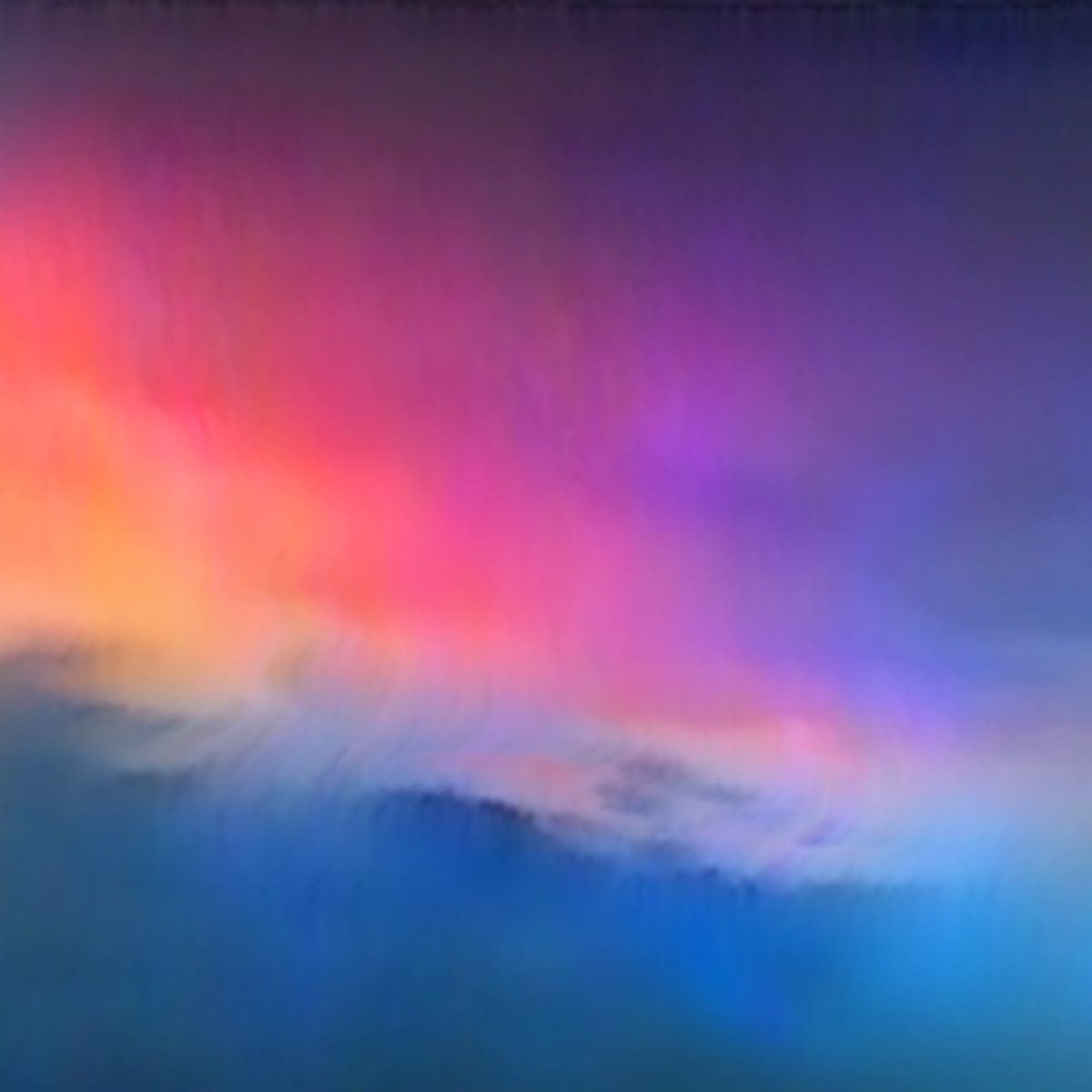
Harley Ives, Suspension 1.
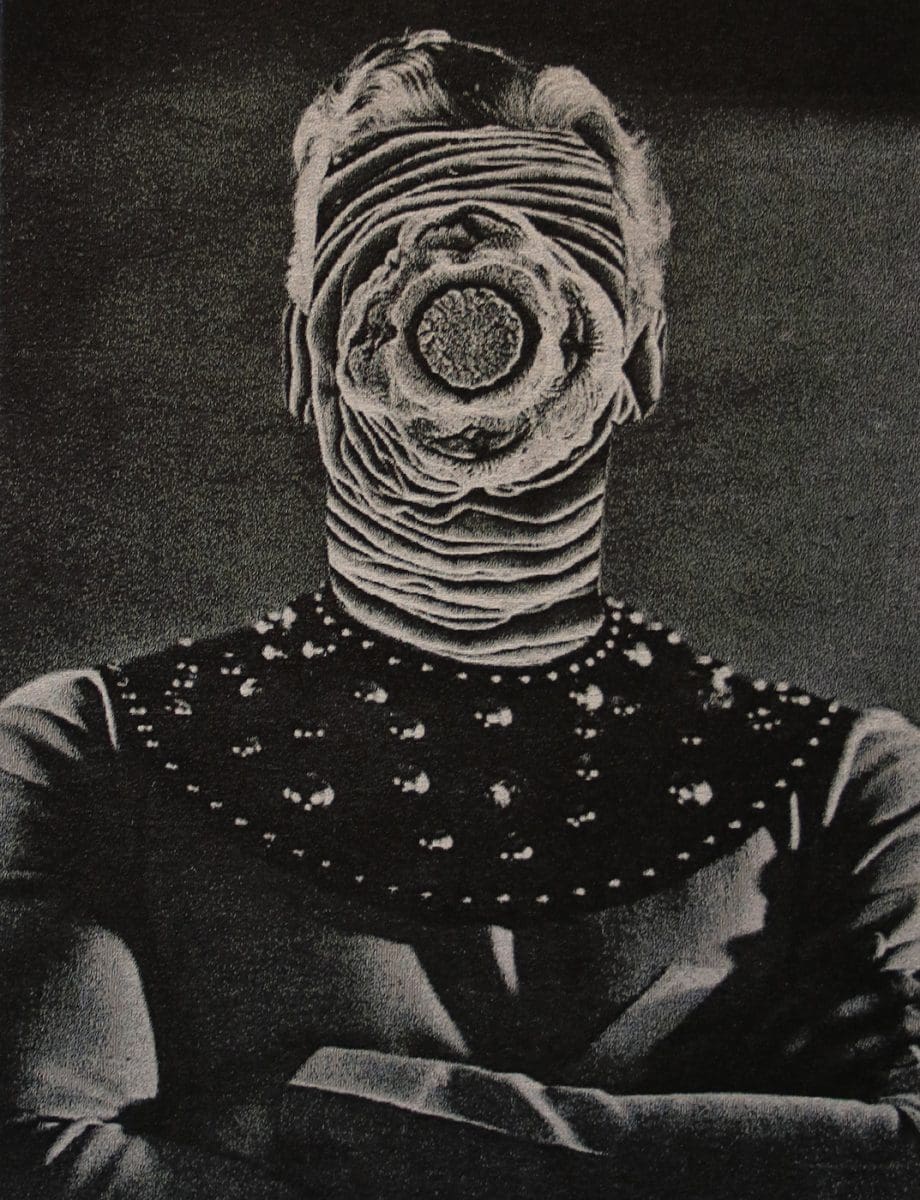
Tristan Chant, Parasite 1.2.
The first sci-fi novel I ever read, at seven years-old, bore the title Several Things Are Alive and Well and Living in Alfred Brown’s Head. A disembodied alien consciousness takes up residence inside a Kiwi teenager, where it mocks him for having no telekinesis or telepathy: for being a mind trapped in a body. It was a boisterous, if obscure, introduction to the notion that being a human might not have anything to do with flesh, brains or 46 chromosomes coiled in a cell nucleus. Instead, the mind (or soul, or consciousness) might transcend the body.
Stacks and Sleeves: A Posthuman Landscape is a group show at both Gallery Lane Cove and Galerie Pompom which includes works by Alex Munt and Justin Harvey, David Greenhalgh, Ella Barclay, Elena Knox, Harley Ives, Karolina Partyka, Svenja Kratz, and Tristan Chant. Together the works postulate several possible futures: some zany, some high-tech, many discomforting.
Post-humanism anticipates a future in which bodies are enhanced, replaced or surpassed, and in which the status of ‘person’ isn’t defined by species or carbon-based physicality. “It’s all about which terms and boundaries we use to describe being human,” explains Rachael Kiang who co-curated the show with George Adams. “Personhood is becoming fluid and complex, as we navigate implants, gene editing, AI and interplanetary travel.”
Bio-art installation The Contamination of Alice #1: Genetic Legacy, 2019, by Svenja Kratz muddles ideas of person and entity. A delicate-featured face sculpted from agar-agar is home to a colony of fixed cells and DNA extracted from the artist: a portrait of living tissue. The gentle unease of this sleeping beauty swells with Elena Knox’s Canny, 2013, a film of a glamorously-dressed Geminoid F robot. Her inexactly-replicated hominoid features shudder as she recites Google search results.
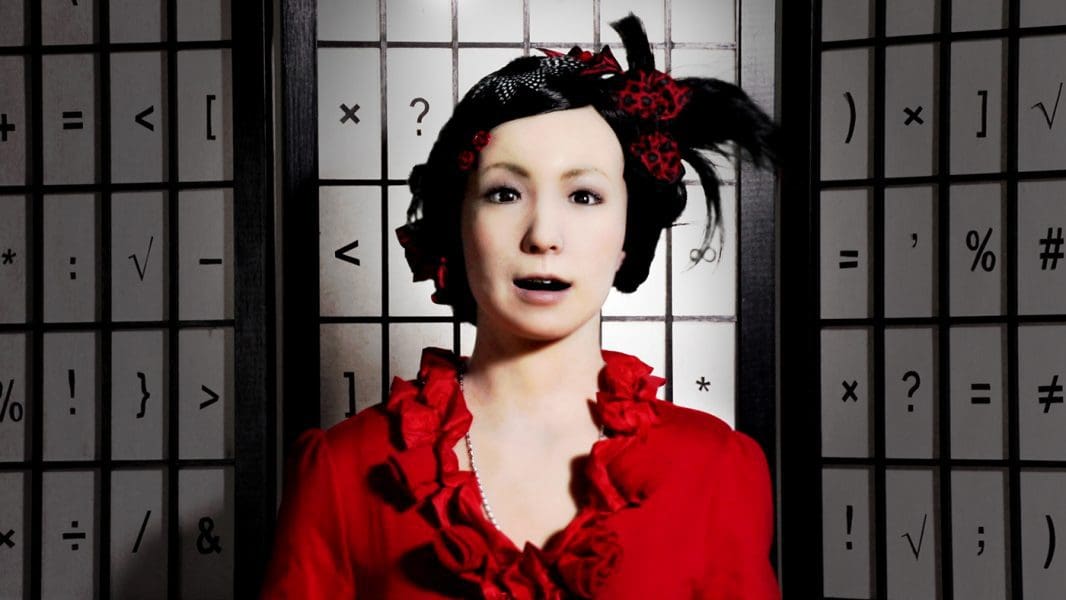
The tone of Stacks and Sleeves reflects the wary character of post-humanism. As Kiang says, “Relative to futurism and science fiction, post-humanism takes a middle path between excitement and dystopia. It thinks through the mechanics of new technologies, how they might operate in complex social environments, what problems or conundrums may arise.”
Stacks and Sleeves proposes two proverbial future landscapes. According to Kiang, Gallery Lane Cove is a “Mars room, where we explore off-planet narratives, encounter aliens and walk unearthly terrain.” Galerie Pompom is laboratory-like: works hang in a sterile white cube, like discreet experiments, bubbling away in their own conjecture.
The title Stacks and Sleeves refers to Richard K Morgan’s 2002 novel Altered Carbon, which catapulted into the mainstream after a Netflix adaptation. It describes a reality in which bodies (sleeves) have become commodified containers for a person’s consciousness (stored on a cortical stack). The quality of a sleeve, how often it’s upgraded and who can afford one is subject to economic stratification, religious doctrine, corruption and government regulation.
Rather than iterating the novel, Stacks and Sleeves spins out centrifugally from the notion that human physicality is alterable, even optional. “The artists’ responses are abstracted and expressive,” explains Kiang. “They focus on the social and emotional implications of hypothetical futures, rather than their mechanics or feasibility.” The Return, 2019, by Alex Munt and Justin Harvey describes the ‘sleeve’ through a cinematic virtual reality experience. “Plugging into the work, you feel quite disembodied from your immediate surroundings,” says Kiang.
There has always been a generative relationship between science fiction and new technology. Ancient descriptions of flight, interplanetary adventure and robotic augmentation articulated commonly-held desires and actually drove invention. Where does art fit in this conversation? “To a scientist, artistic processes might look directionless,” says Kiang, “but art has the ability to employ new technology playfully, subjectively and to imagine new worlds. An important dialogue is opening between these two silos of thinking.”
Stacks and Sleeves: A Posthuman Landscape
Gallery Lane Cove
16 October – 9 November
Galerie Pompom
30 October – 24 November